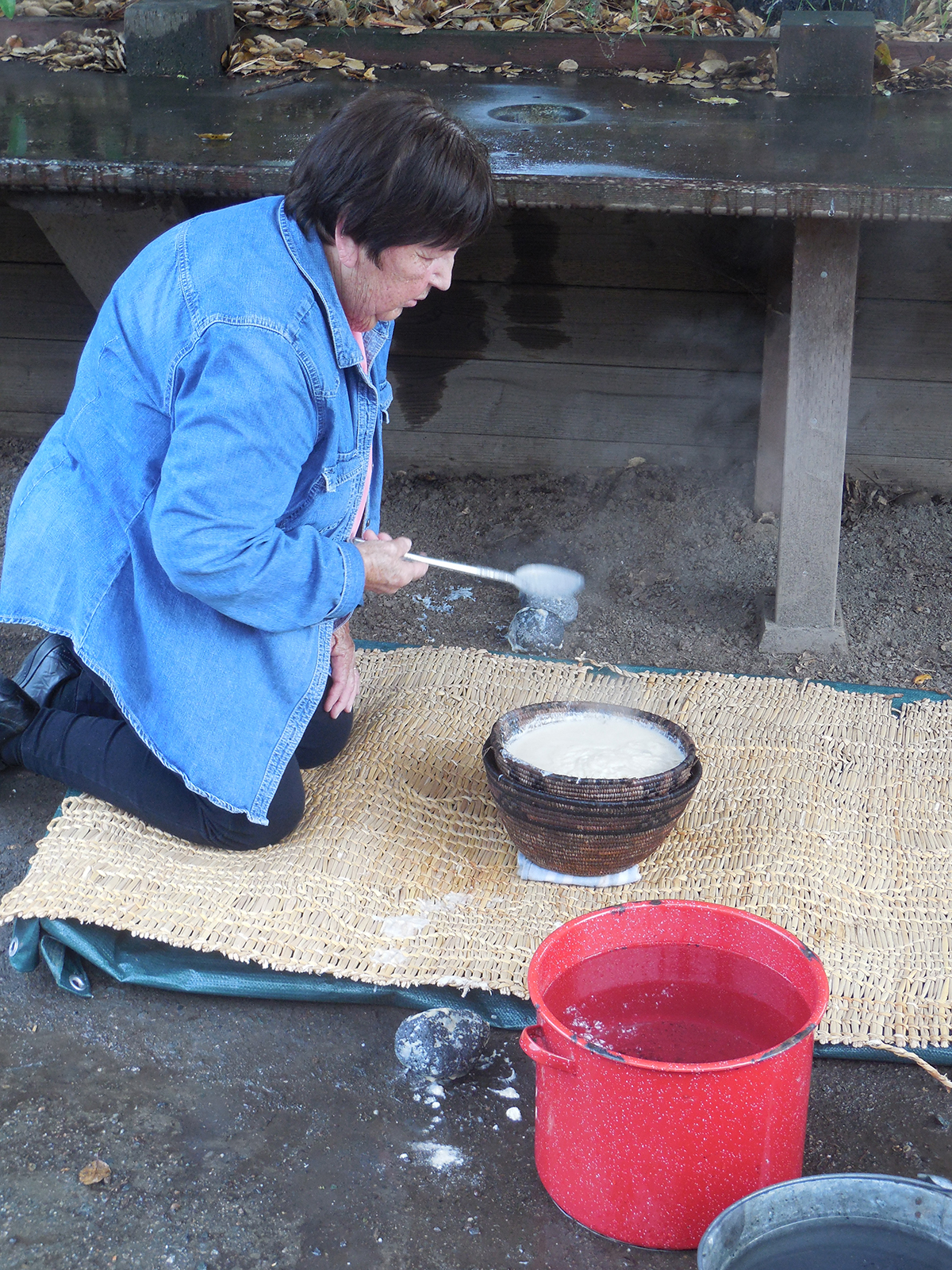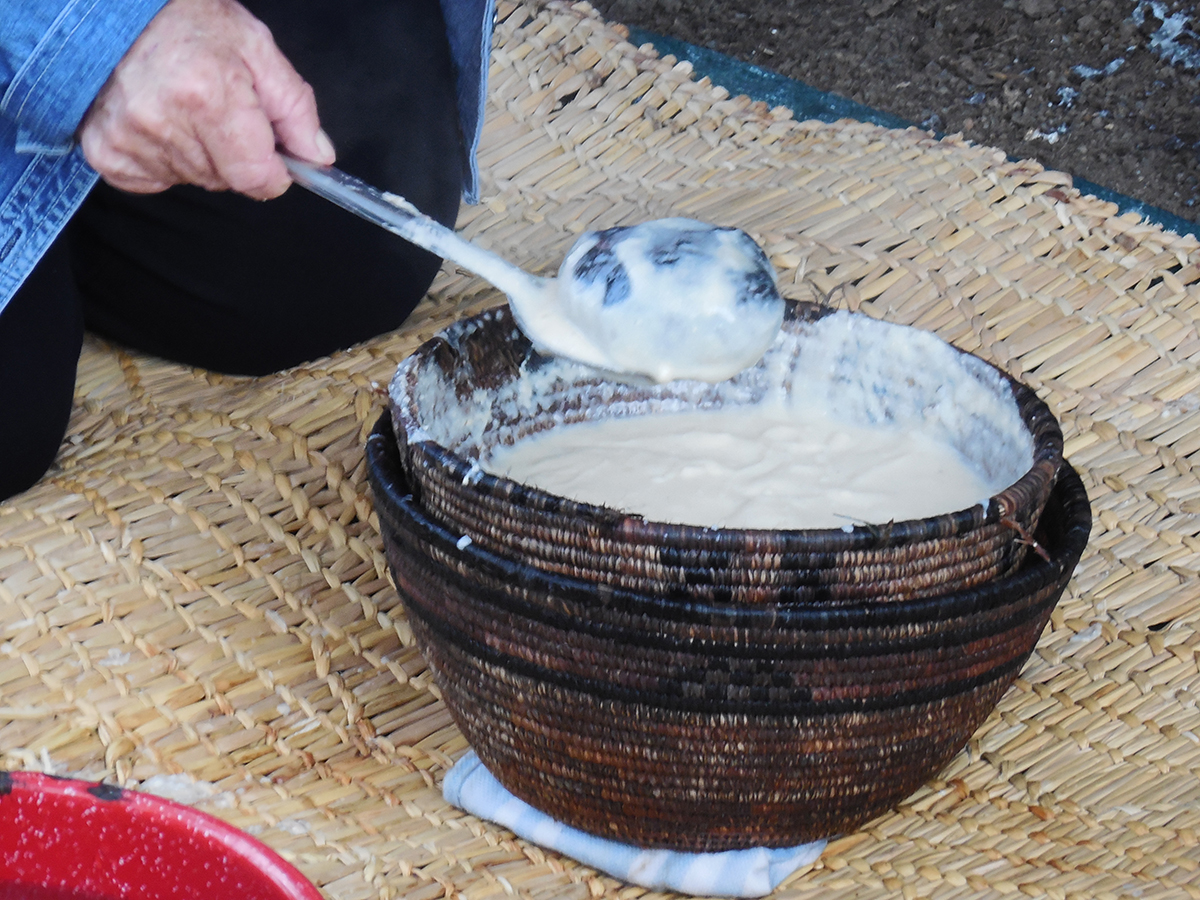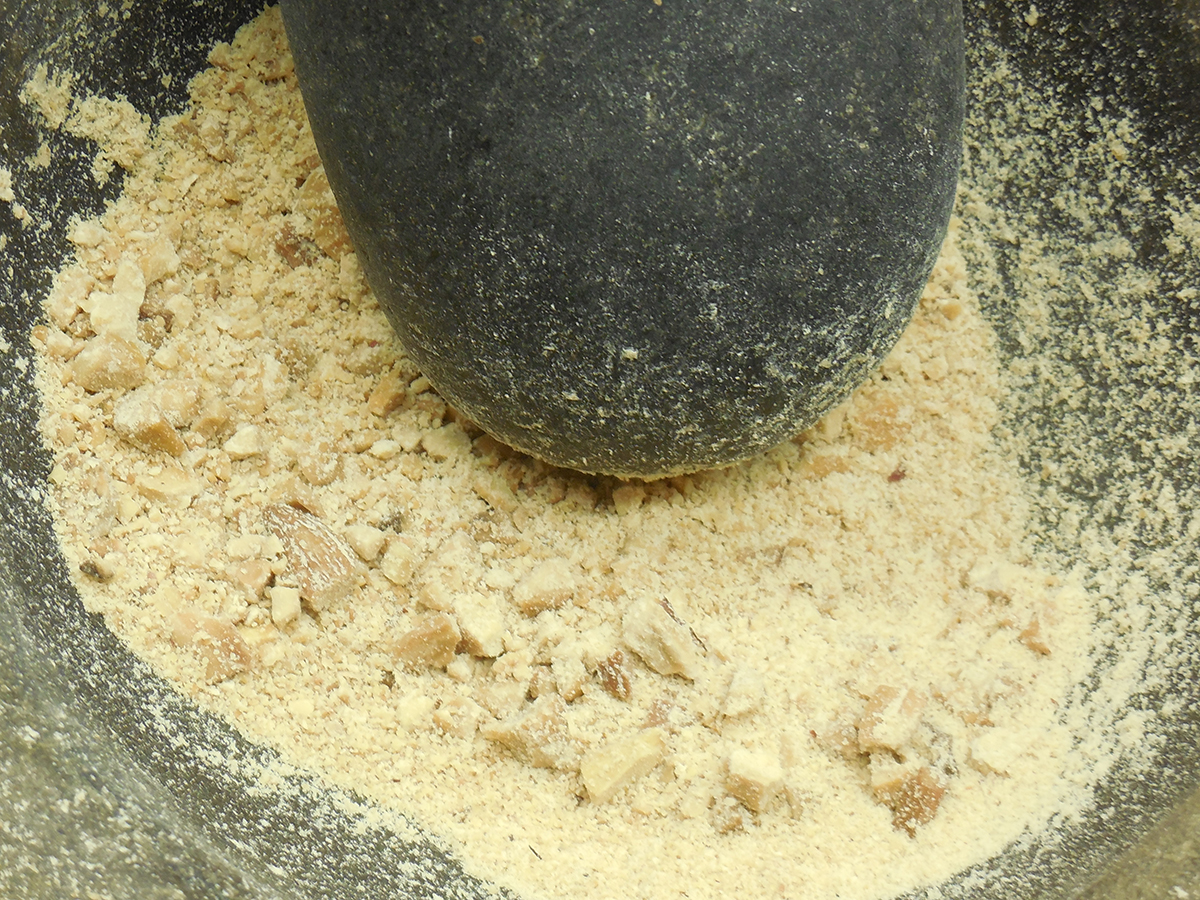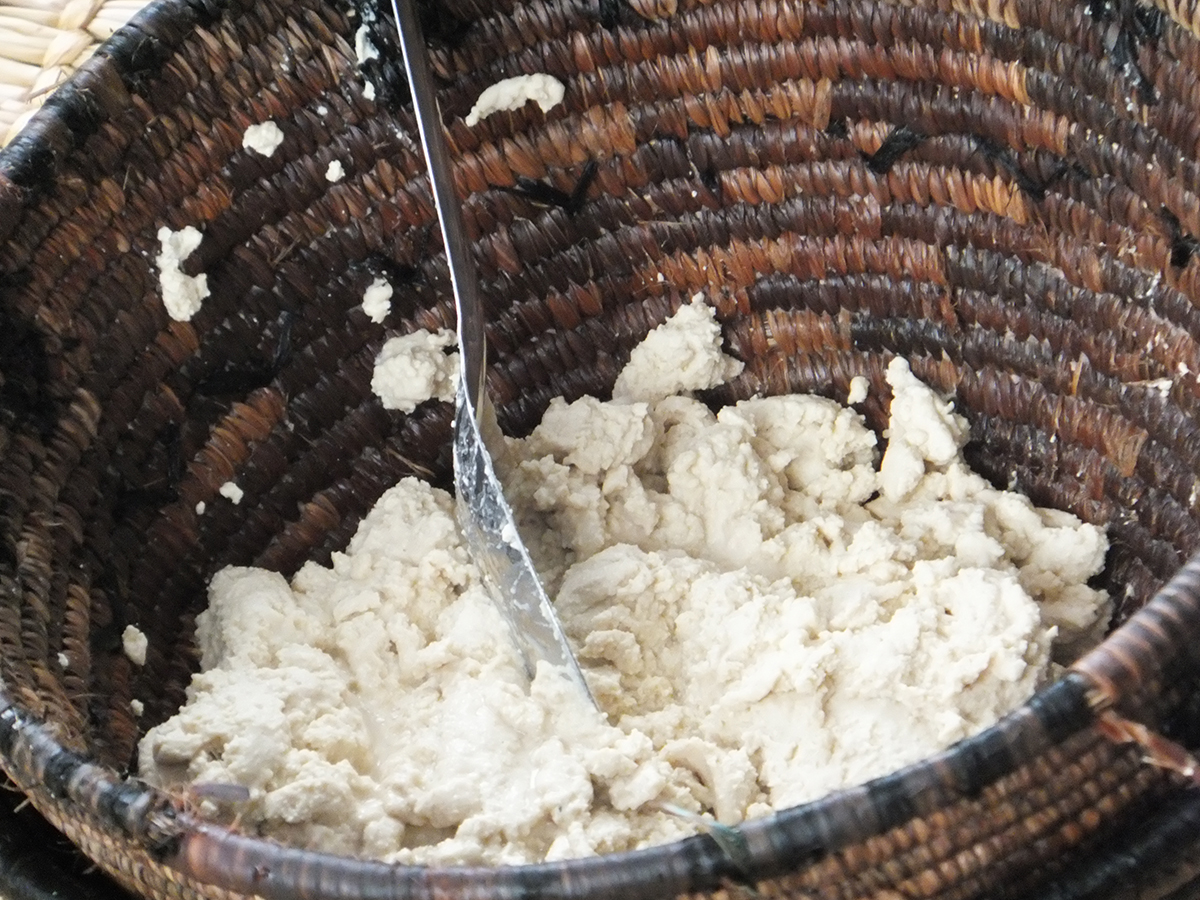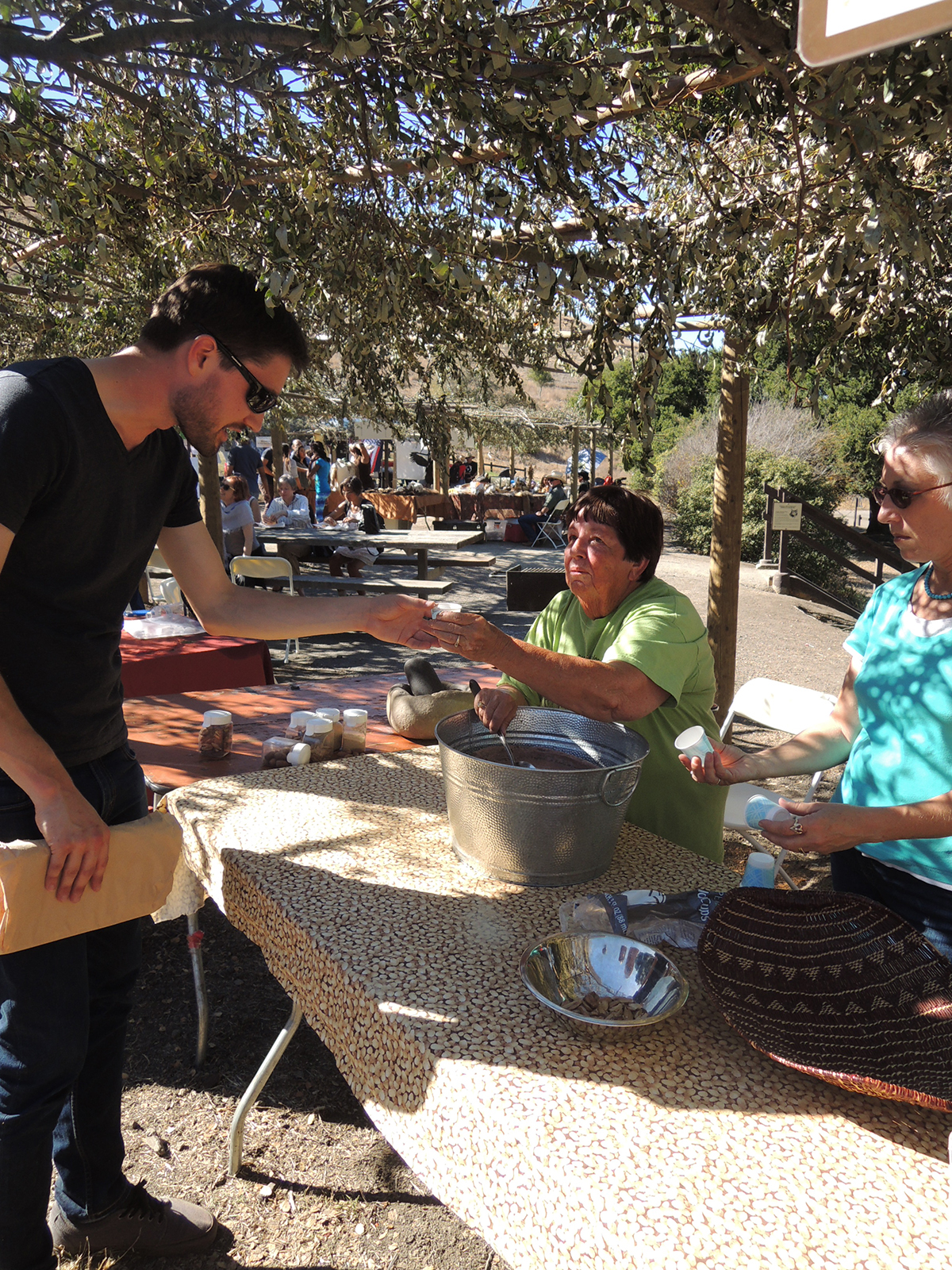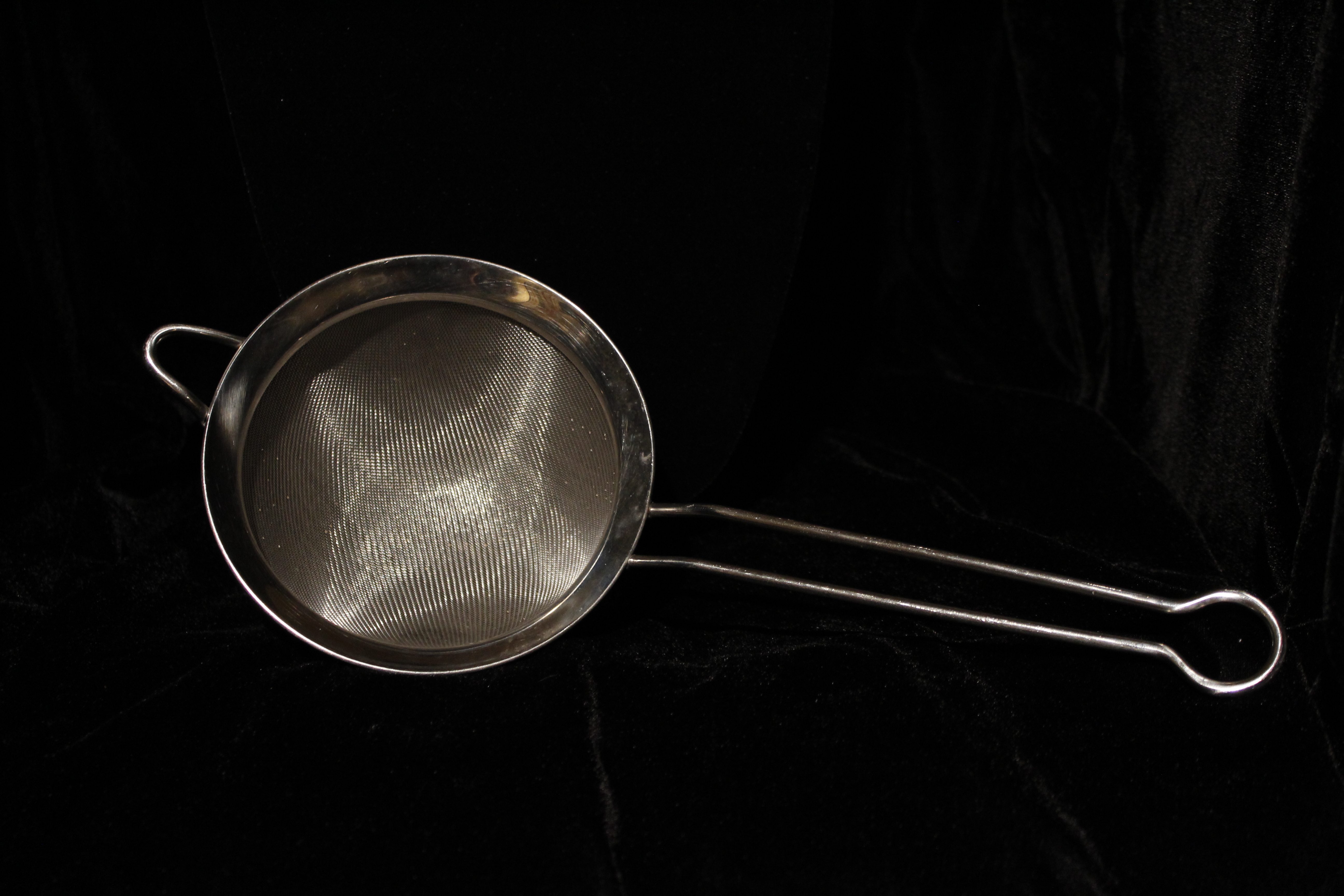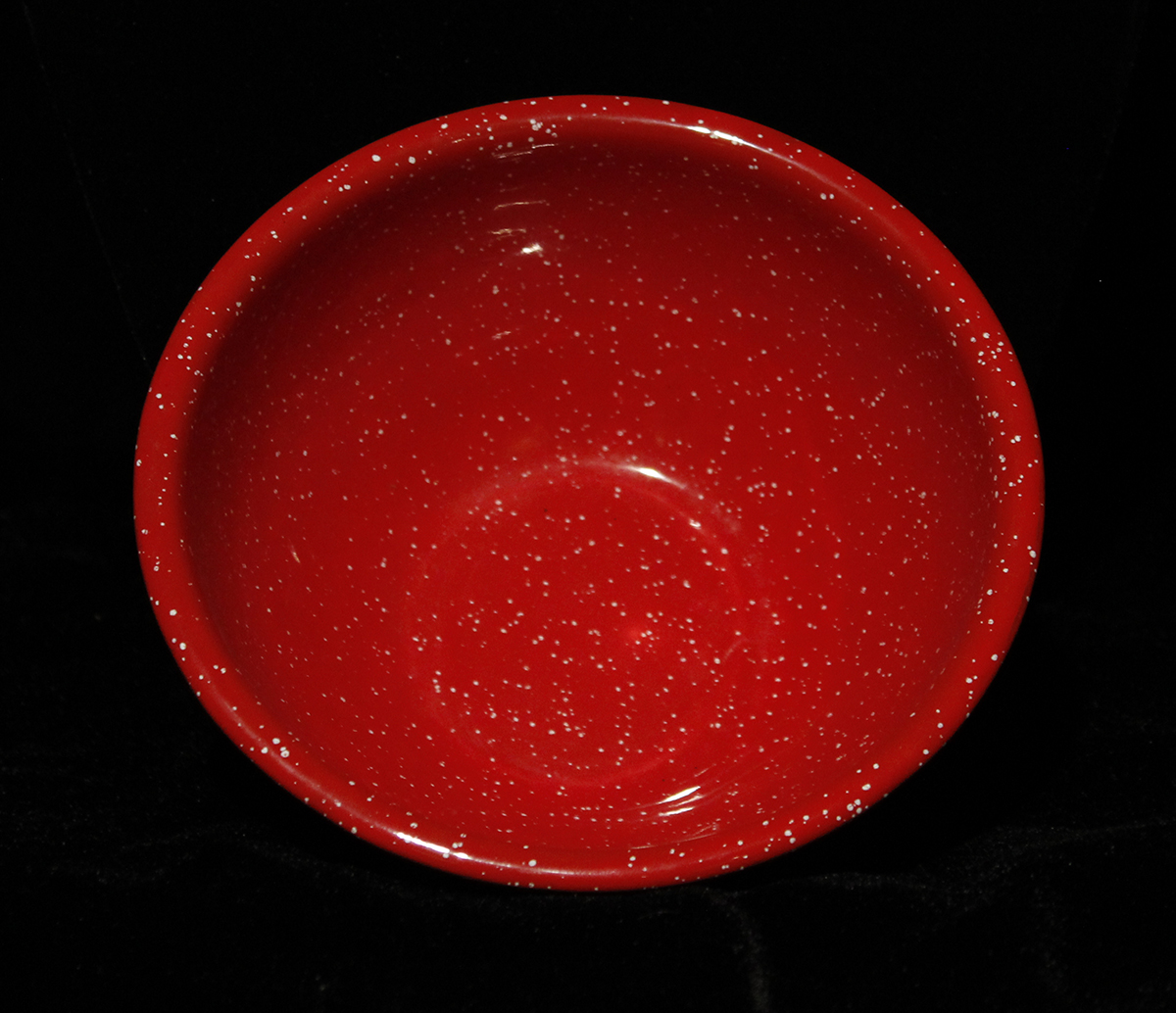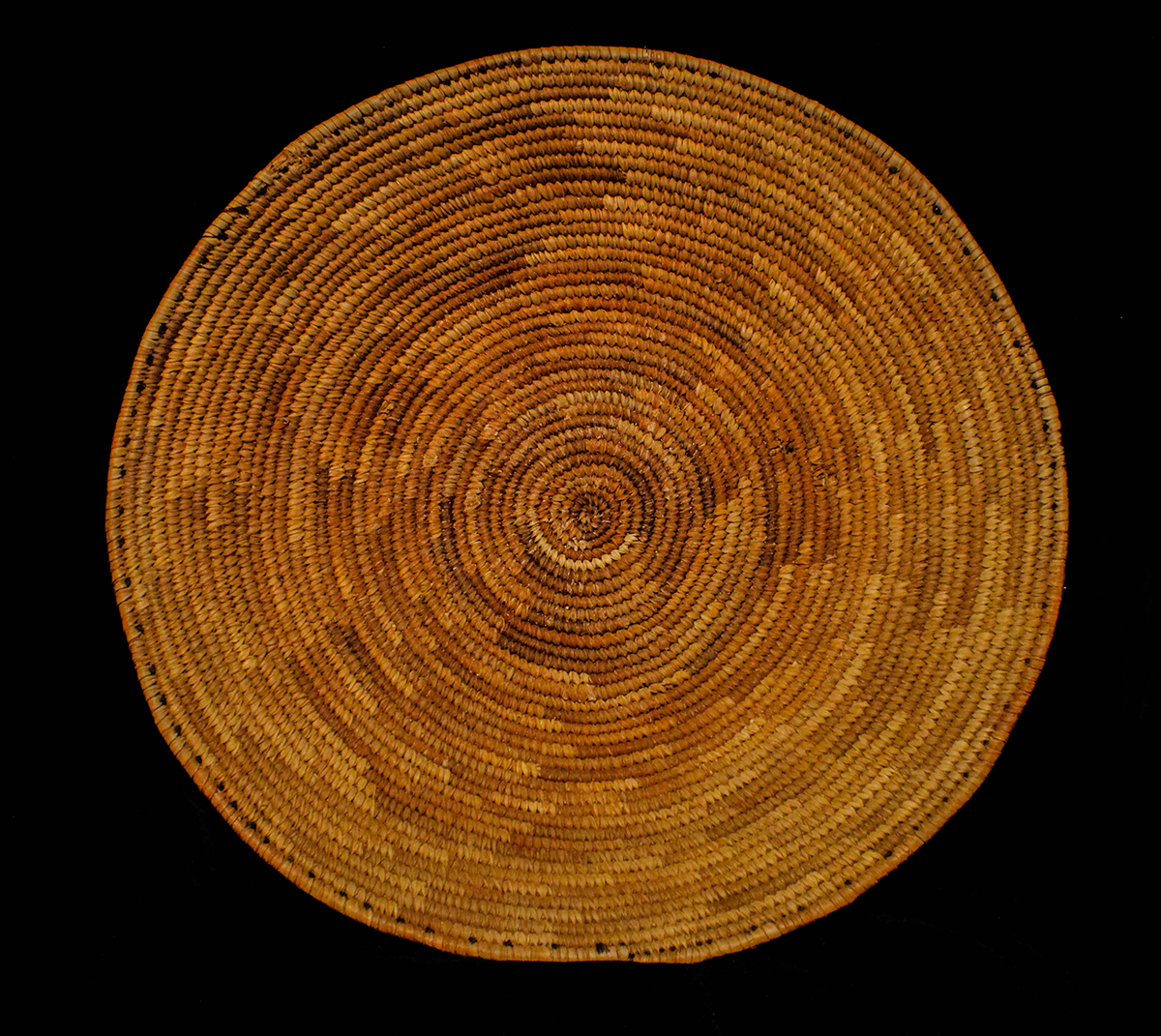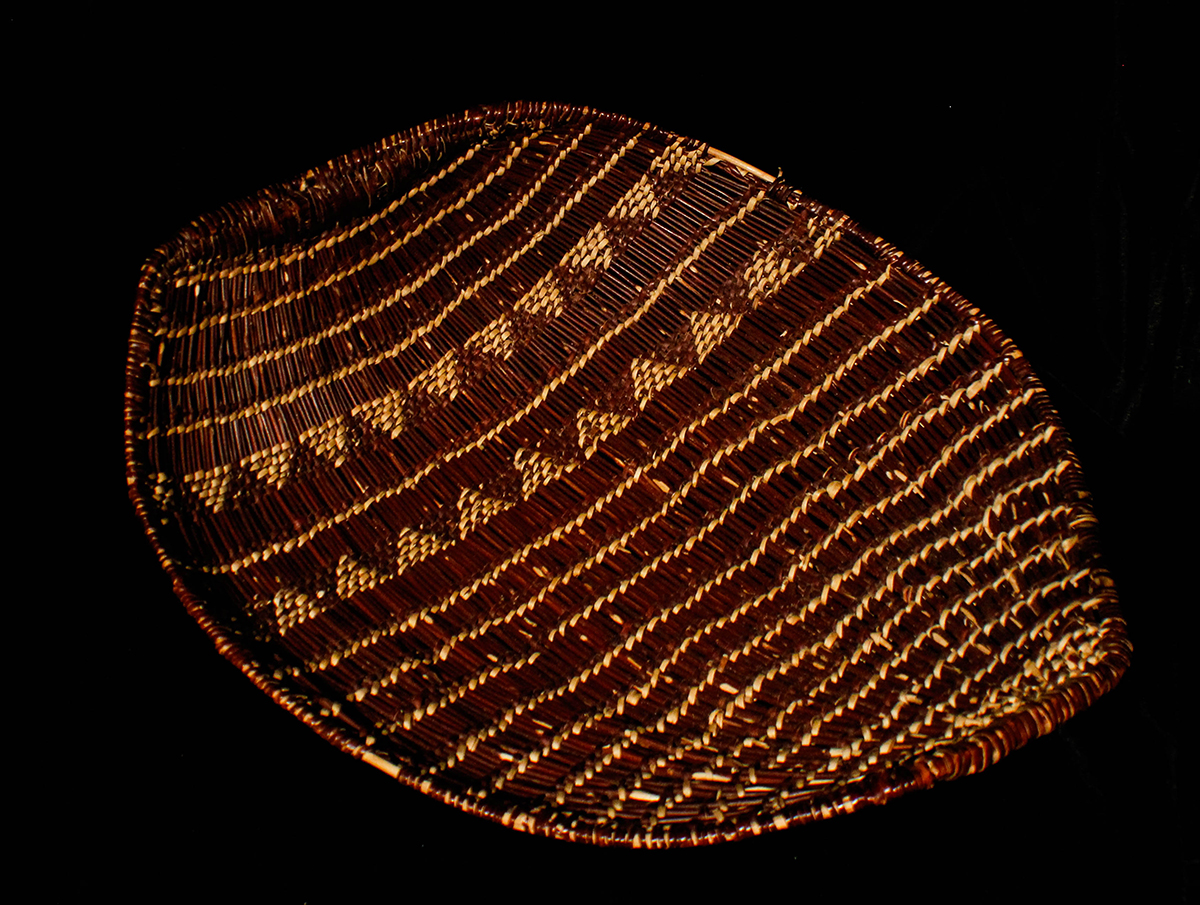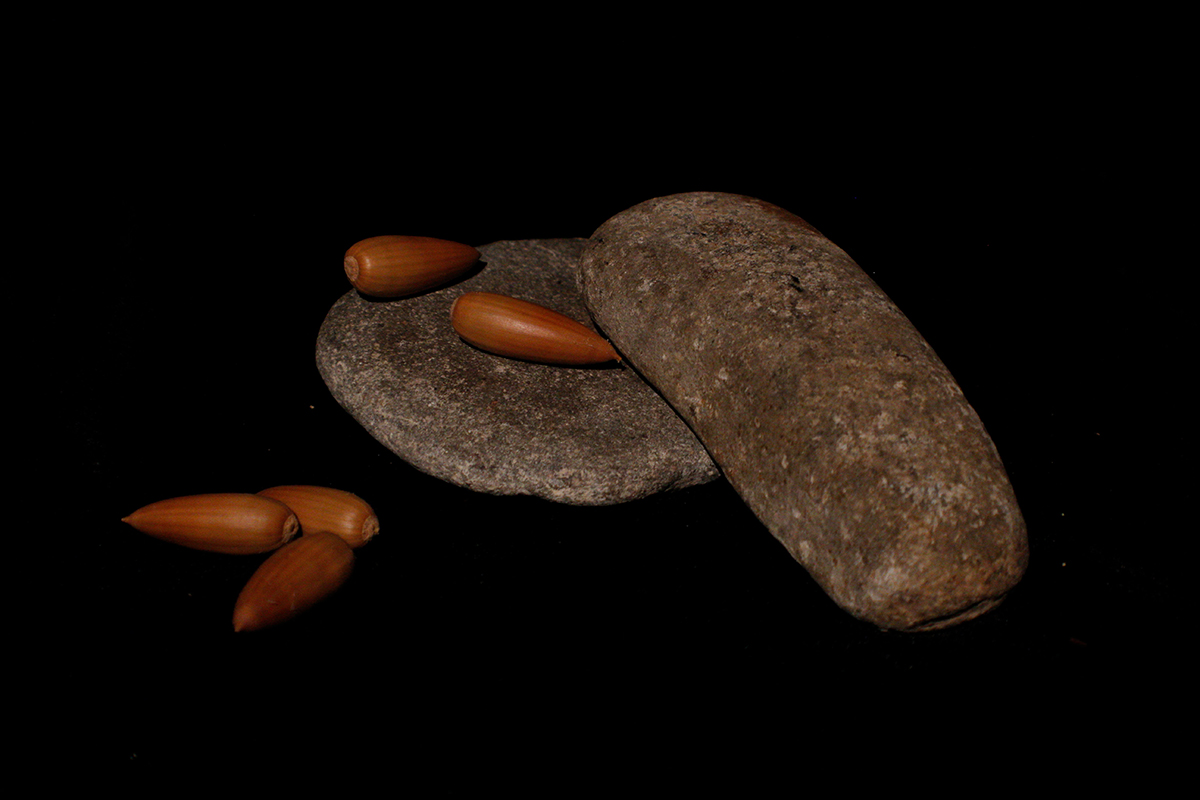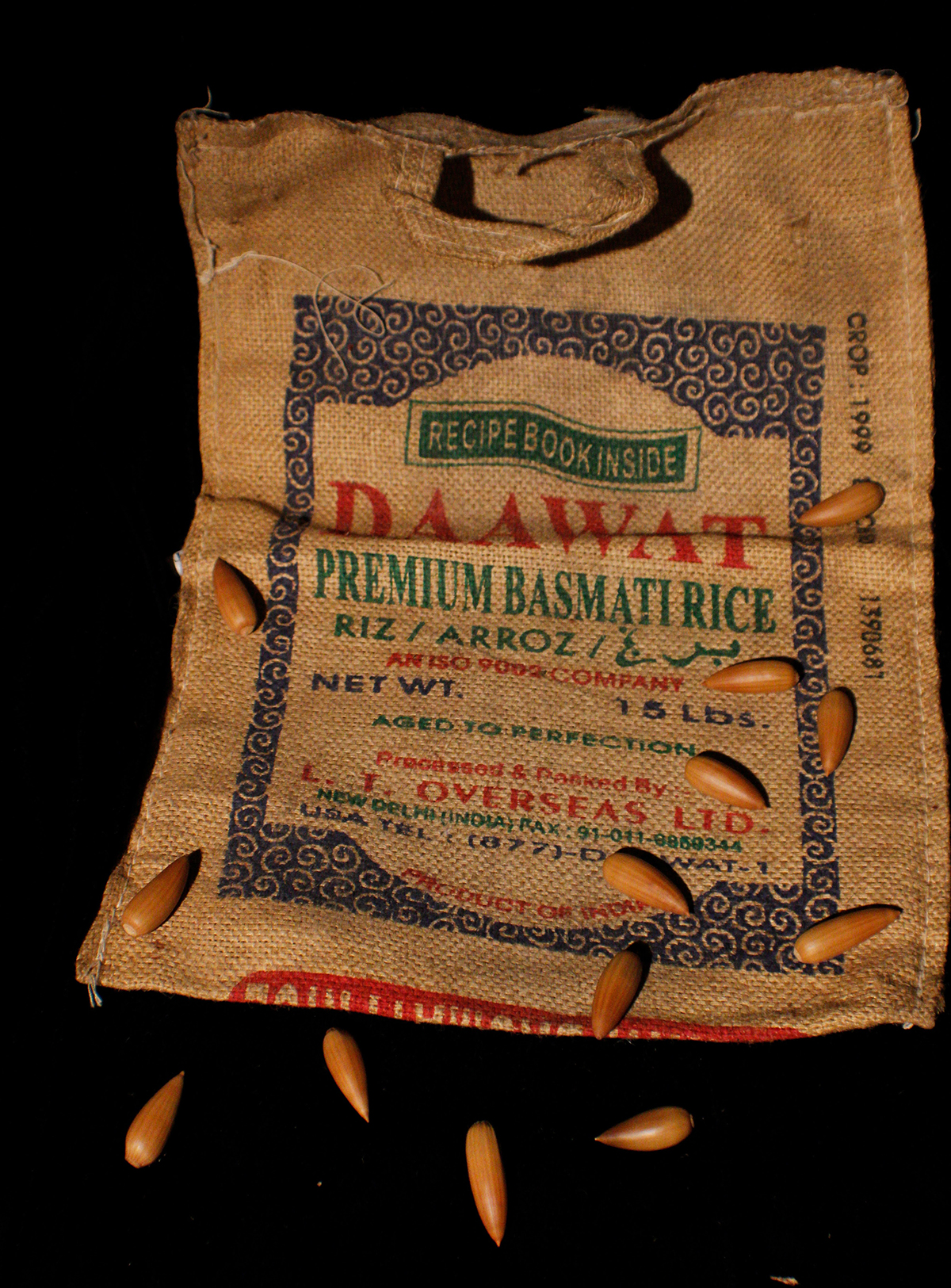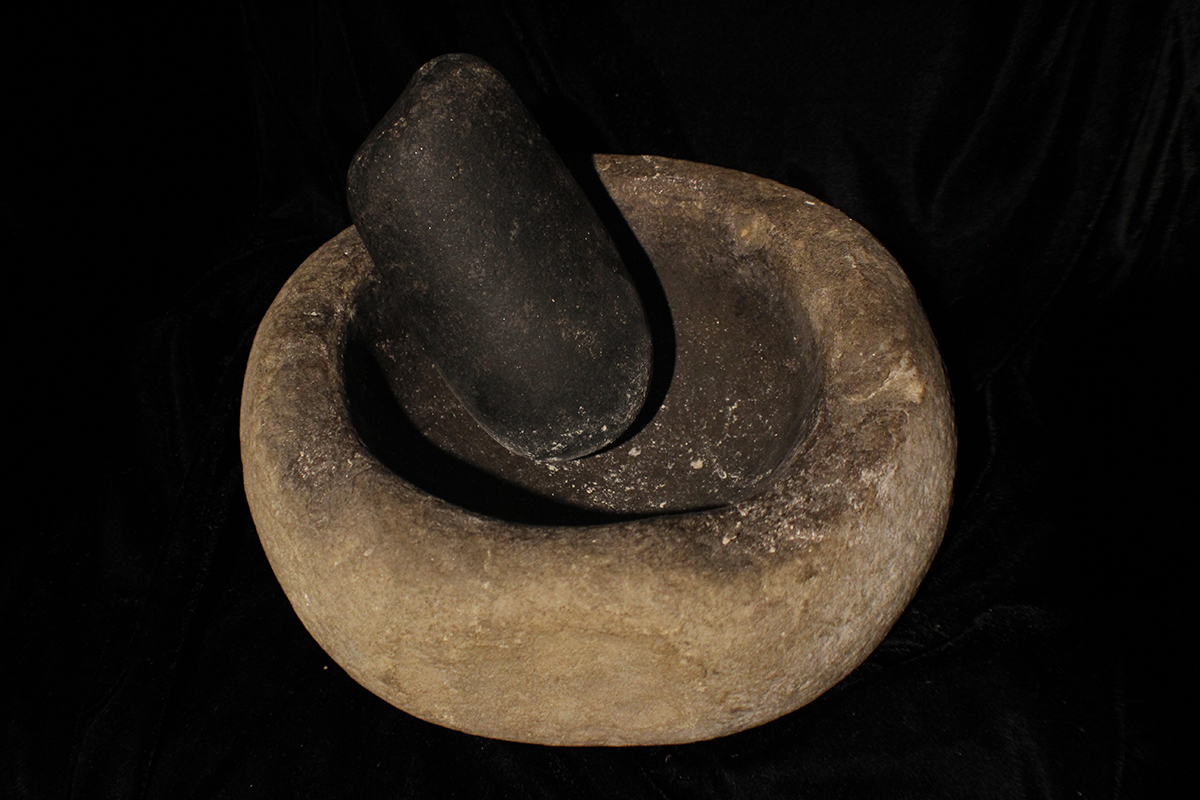Acorn Soup
A Precious and Enduring Food
A Land of Many Foods
Ohlones and Miwoks once harvested and enjoyed more than 100 different types of plant and animal foods. Acorn soup (atole), perhaps the most well known of these, wasn’t the only carbohydrate-rich food that they enjoyed. They savored pinole (seed cakes) made from toasted wildflower seeds and grains (grass seeds) as often as acorn soup, mush, and bread, if not more often. Foods made with acorns have a light, nutty flavor.
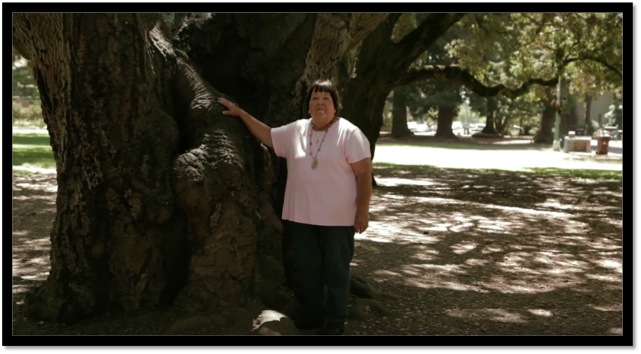
A Land of Many Foods Now Very Hard to Find
“All of the things that people are doing now are depleting the life of the Earth.”
--Ruth Orta
Today’s Ohlones and Miwoks can no longer find nor get access to most of their ancestral foods due to more than two centuries of widespread environmental, population, and landscape changes, and due to the early outlawing of Native land management practices.
Native land management practices included the use of prescribed or “cultural burning,” which increased the health and numbers of wildflowers and native grasses, and, in turn, the health and numbers of the antelope, elk, and deer that grazed and browsed these plants. They also included specialized digging (cultivation) techniques that increased the health and numbers of bulbs and other edible underground plant parts.
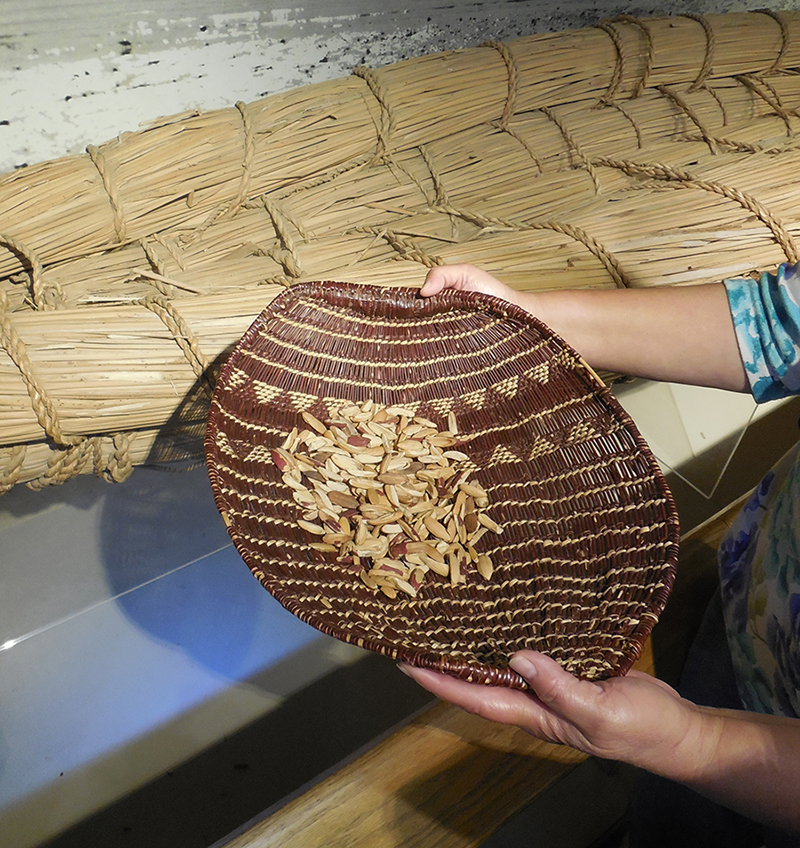
Restoring Acorn Soup Making in Old and New Ways
Ruth Orta decided to learn acorn soup making in 1996, after the East Bay Regional Park District hired her and nine other Ohlones to share their history and cultures at Coyote Hills Regional Park in Fremont. Although Ruth’s ancestors had stopped cooking acorn soup decades earlier, Ruth learned about the old-time techniques from Julia Parker (Pomo/Miwok), then the Cultural Programs Supervisor in Yosemite National Park. A Coyote Hills staff member wrote a book about old-time acorn soup making methods with Julia, who learned these methods from her husband’s Yosemite Miwok/Paiute grandmother.
Ruth cooks her acorn soup with the same types of acorns that her own ancestors used for thousands of years—tanoak, black oak, and coast live oak.
